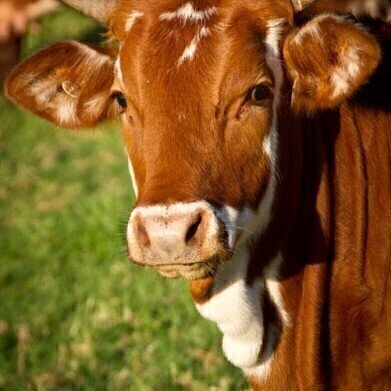GC-MS
Does the Season Affect Your Beef? - GCMS Explores
Apr 03 2020
Meat is meat right. Beef is beef. Surely it doesn’t matter what piece of beef you eat; you will always get the same nutritional gain. Well, apparently the answer is that not all beef is the same. It seems that what the animal eats and when it eats it can change the nutritional quality of your beef.
A paper published in the journal PlosONE - Seasonal differences exist in the polyunsaturated fatty acid, mineral and antioxidant content of U.S. grass-finished beef - reports on work by researchers who wanted to compare seasonal variations in mineral, antioxidant and fatty acid content of grass finished beef. And chromatography was key to measuring some of the nutritional benefits of spring beef.
More than just a plate of meat
The quality and nutritional quality of beef, like any meat, is a combination of genetics, environmental factors and diet. There are many different labels people can apply to food. Some are governed and authorised using strict guidelines and regulations, and some are just marketing ploys. In the US, the terms grass fed and grass finished can be found in butcher’s cabinets attached to juicy steaks and other cuts of beef.
Whilst all cattle start out eating grass and pasture, after they have finished suckling their mother’s teat, not all cattle continue to be fed on grass. Grass fed generally refers to animals that started on grass but were then switched to being fed on grain or other products. This is to fatten them up quicker for slaughter. Grass-finished beef comes from cattle that are fed grass all of their lives.
Previous work has demonstrated that cattle fed purely on grass are generally higher in some nutrients that are considered beneficial to human health including vitamins minerals. There is also research suggesting that cattle fed on grass only have lower fat levels and a higher omega-3/omega-6 ratio. But the work published in PlosONE also demonstrates that season can also play a role in nutrient levels.
Chromatography favours the spring cattle
In the work carried out by scientists from the US, samples were tested from cattle finished in the spring and autumn in Nebraska, Oklahoma and Georgia. The samples were analysed for vitamin, mineral and fatty acids - with the fatty acid analysis carried out using chromatography. The analysis of samples from animals is the topic of the article, Determination of Chloramphenicol by QuEChERS and HPLC-MS/MS combination in matrices of animal origin.
The researchers report that overall the spring finished beef had a lower omega-6/omega-3 ratio which is considered to be preferable in Western diets by nutritionists. There were also higher antioxidant levels in the spring samples than in the autumn samples. However, the researchers point out that local climate and changes in pasture content have not been accounted for. The researchers do suggest further studies should be carried out and that the nutritional content of beef could be improved.
Events
May 11 2025 Vienna, Austria
May 18 2025 Tempe. AZ, USA
May 21 2025 Birmingham, UK
Jun 01 2025 Baltimore, MD, USA
Jun 15 2025 Bruges, Belgium














